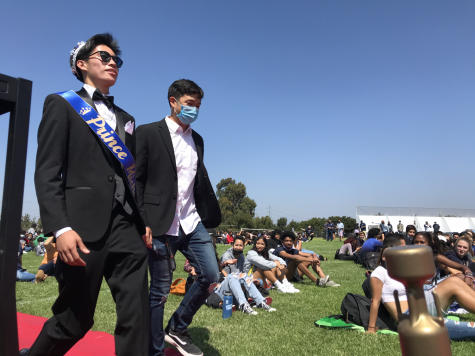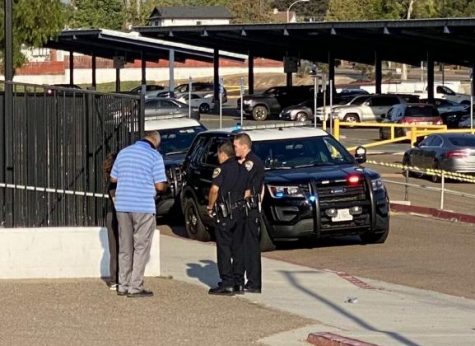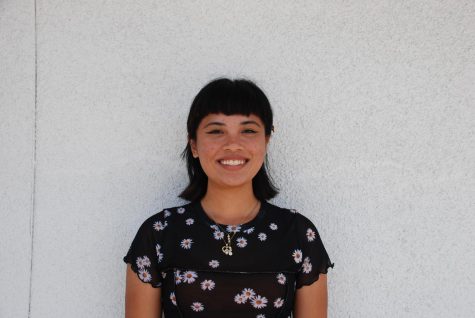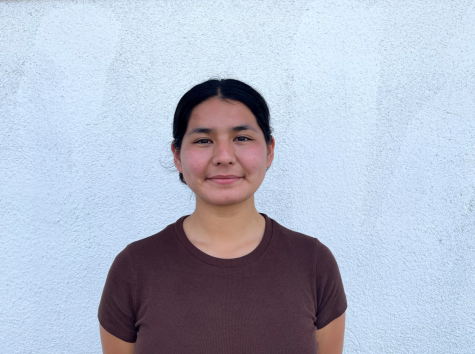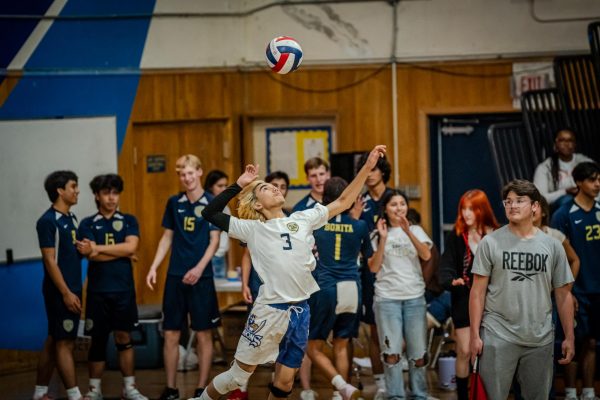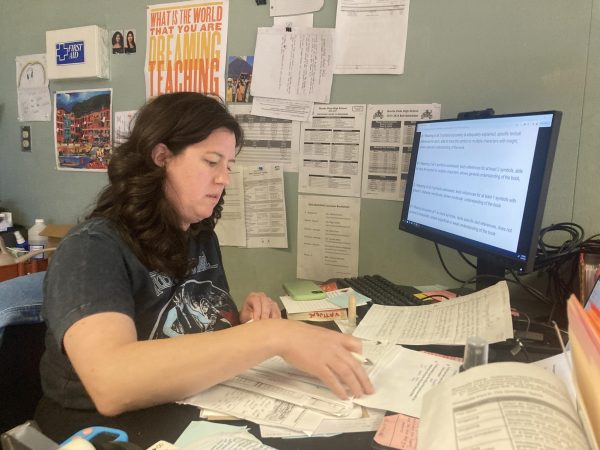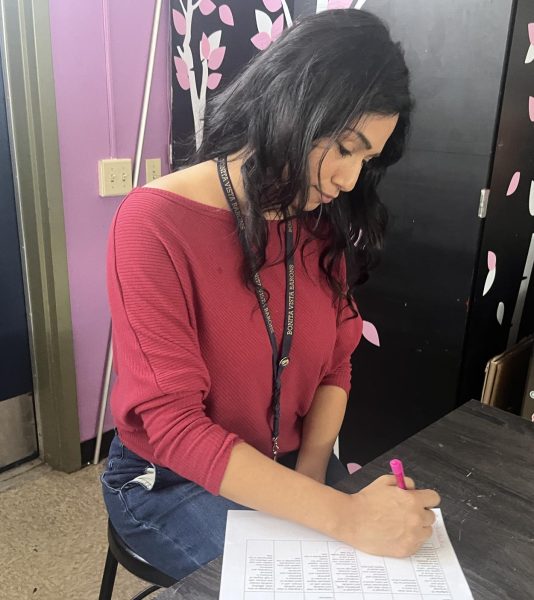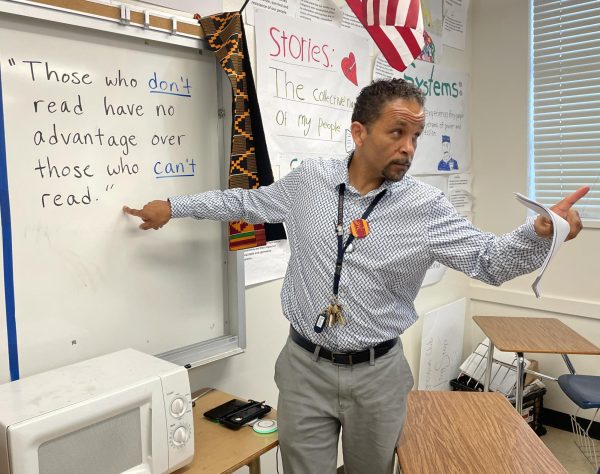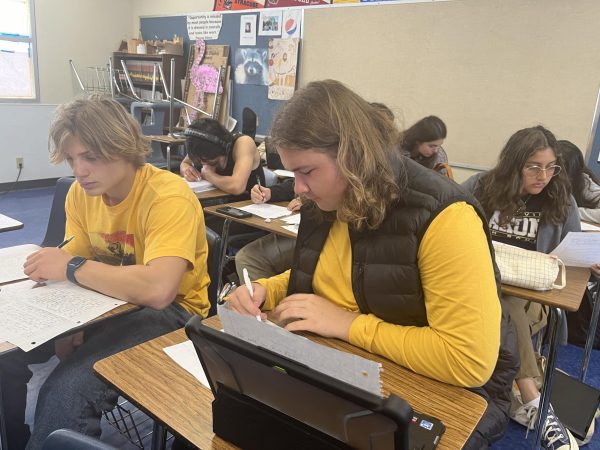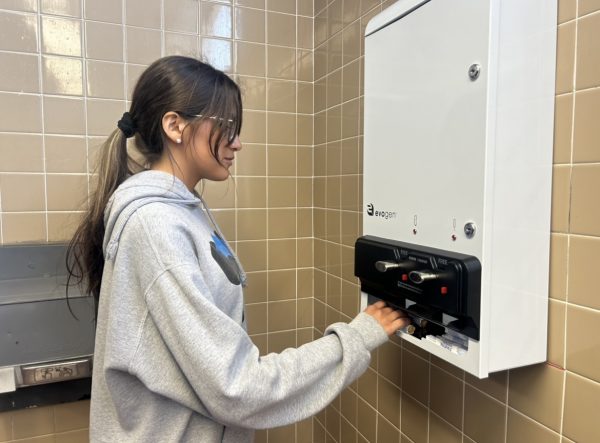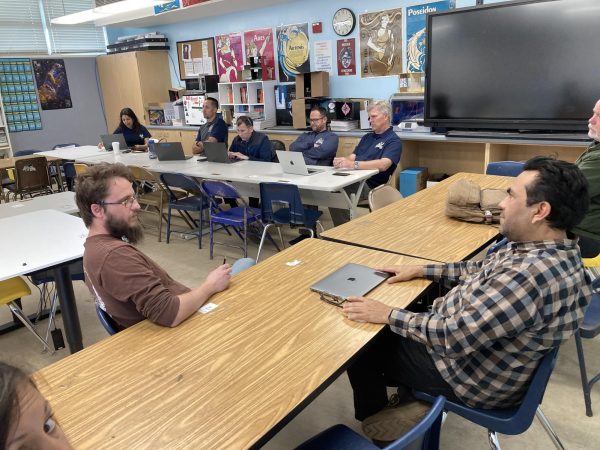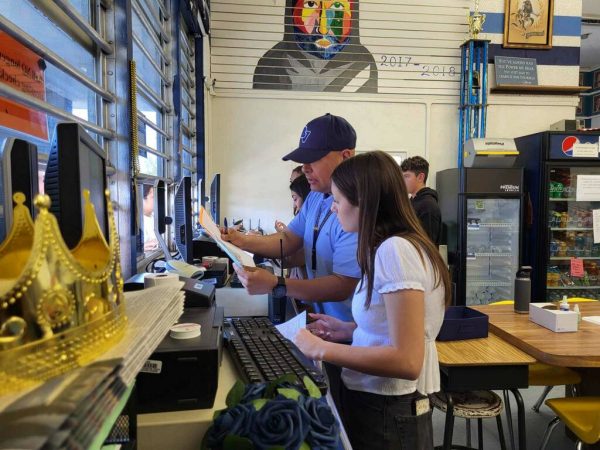From concept to construction
An in-depth look at the history behind BVH’s stadium plans
An overview of each stage of the stadium’s construction. Currently, the plans have been expanded into a multi-facility stadium that’s in the process of being built.
October 17, 2021
“I drive by it every day on my way home and [I think to myself] ‘yes’. It’s going to be like a stadium! It’s going to feel that way too.”
Sweetwater Union High School District’s (SUHSD) Chief Facilities and Operations Officer, Janea Quirk is not alone in her enthusiasm. For those who visit the Bonita Vista High (BVH) campus, the massive trucks, bulldozers and chain link fences beside the gymnasium are a cause for excitement. They mark the official start of construction on BVH’s new track and field stadium.
Construction began on Sept. 20 while students at BVH were on Fall Break. The project was preceded by an extensive history of planning and design. Banners depicting the renderings of the stadium and promoting its construction have been hung on the outskirts of BVH for over two years. However, the stadium was introduced to the SUHSD Board of Trustees long before then.
“The project was in the works for the better part of eight to nine years when the initial design happened,” Quirk said.
Quirk has been a cabinet member for SUHSD for six years and this project was proposed before she was promoted to her current position. She is in a similar situation to most of the SUHSD Board of Trustees, who were also elected mid-way through the project.
“In terms of the board members and leadership in the district, we’ve all kind of been there the same amount of time. Everybody has been there going on six years,” SUHSD Board President Nicholas Segura Jr. said. Segura first became a part of the project in 2018.
Prior to the term of the current Board of Trustees, only minor progress was made toward a solid plan for constructing the stadium. In the earlier years of the project, there was design and research done on how the stadium would impact the environment. However, progress slowed after those early years.
“We dusted it back off about probably three years ago, re-assessed the environmental study and made some design modifications in response to the initial study,” Quirk said.
At first, this project began simply as a stadium with lights for the teams who needed it, such as football and track and field. After being re-evaluated, restrooms, concessions and bleachers were added to the package, contributing to the utility of the stadium.
The combined cost of this project is around 19 million, but funding for the stadium has also undergone a long history. It is primarily funded by Proposition O, which was approved by voters in the 2008 election, and Mello-roos funds, which are paid with property taxes.
Throughout the stadium’s lifetime, there proved to be some difficulties in the planning and design process. BVH’s unique placement within a neighborhood required planners to be more cautious with the environment.
“One of the main goals [was] to get as much input from the environmental impact report, so we knew [the] constraints we had,” BVH Principal Roman Del Rosario, Ed.D said. “Because we do have neighbors immediately to the east of the stadium, we have to consider that neighborhood in our plans.”
At the center of these projects is always the community whose safety is of utmost priority. Simply because of the stadium’s size, these environmental impact reports are a crucial part of planning, especially before construction begins. The turnout from these studies can change the course of the entire process for better or worse.
“We had a plan of how we wanted the field set and there were many members who got involved, [who] wanted to try to shift it another way,” Segura said. “[The stadium is] running north to south [and] they wanted to change it to east to west.”
According to Segura, this slowed the process by a small margin. The planning committee had to carefully examine how the stadium would affect the environment and homes nearby if it was configured east to west. In the end, they stuck with the original plan and fell slightly behind the expected planning timeline.
“There’s been various plans [but] once we had a plan for the funding of it, things got a little bit more full focus with [the] environmental impact report, and then hiring of an architecture firm,” Del Rosario said.
While construction is finally underway, BVH students have to wait a bit longer to fully use the stadium and all of its facilities. As of now, construction is on schedule and fall sports should be able to use the field for at least a part of their season next year. The stadium will be inaccessible until then.
Recently the construction team finished demolition and is in the phase of rough grading. Though early on in the timeline, there have already been some issues with the water pipes passing through the current field.
“When we turned off the water, we found out that we weren’t able to turn it back on the same day. So, the campus was without water for three days instead of one,” Del Rosario said. “The designs that they have are [also] older plans, and they didn’t know that there was a sprinkler, [so a] pretty big sprinkler got broken, and that led them [to] turning off the water at 4:30 p.m. yesterday for a short time.”
Thankfully, these issues are standard for construction and do not affect the timeline of the project significantly. If all goes according to plan, the project should be completed by Sept. 20, 2022.
“I just think of the hundreds of students that are going to benefit from this [stadium],” Del Rosario said. “The fact that we won’t be the only school out of 12 in our district [without] a field [is] such a positive thing.”


